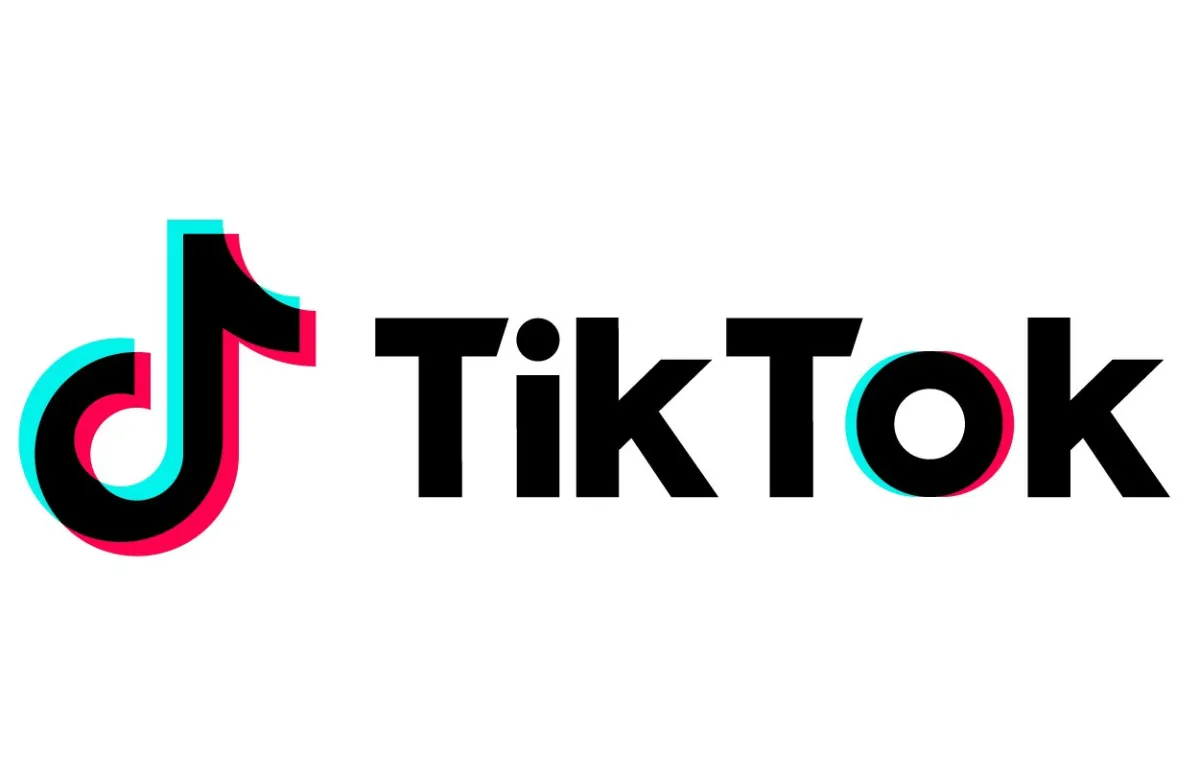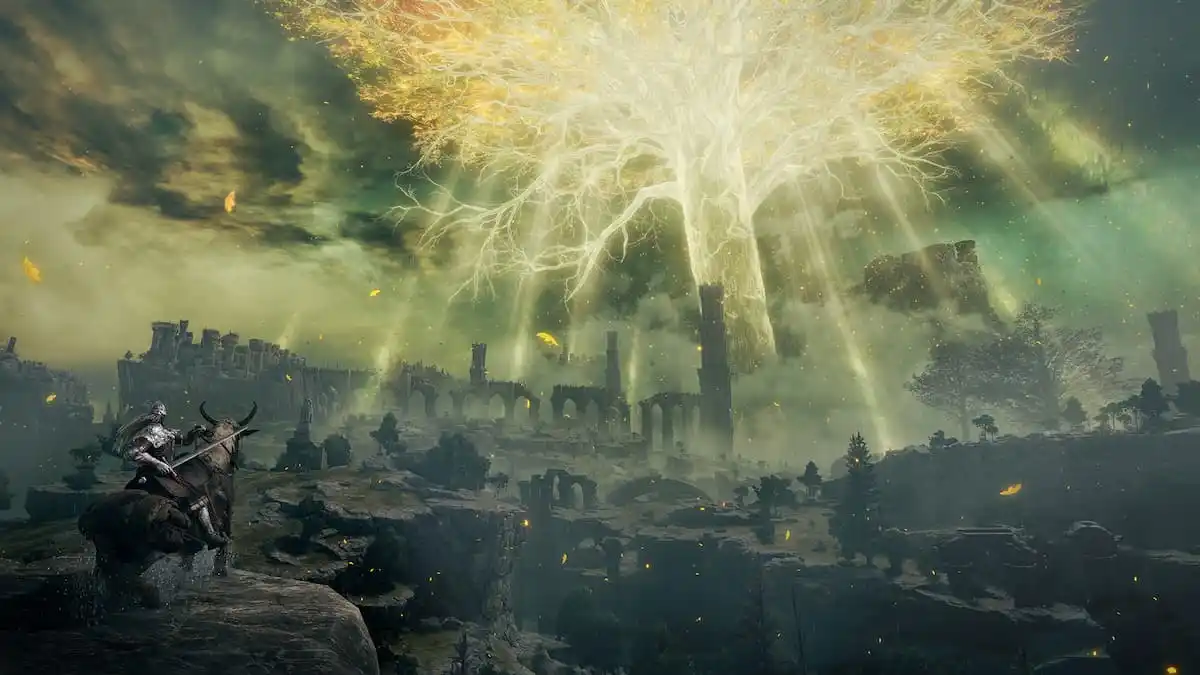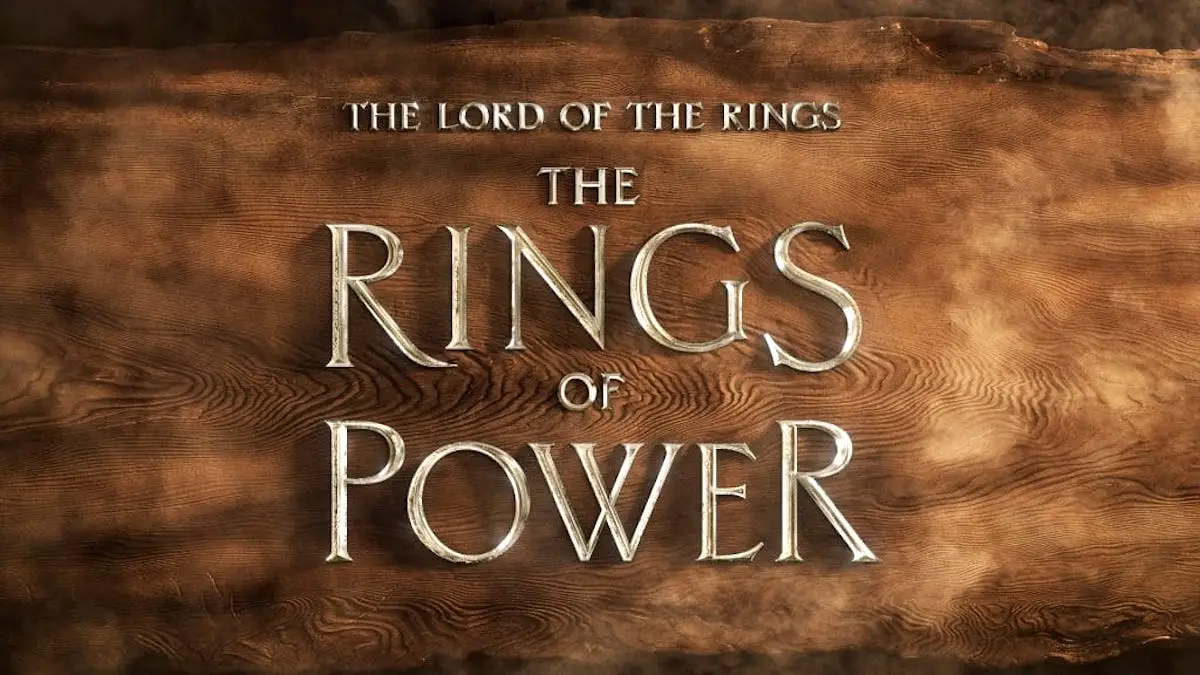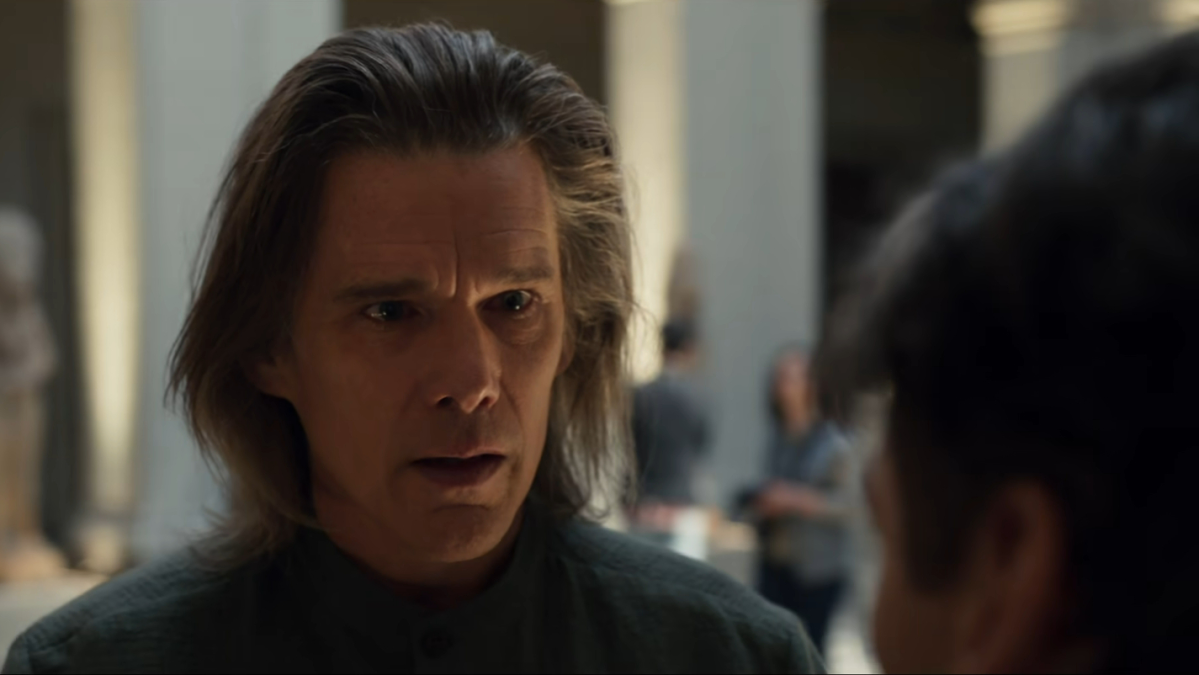It’s been 14 years since The Incredibles was released—14 years since it raised the bar on what we could expect and hope for from Disney/Pixar movies, family movies, and in many ways, movies in general. This was a totally original concept, and it was almost shocking in the depth it was able to infuse into a family film. It was a story about mid-life crises, fractured partnerships, and fear of obsolescence. Incredibles 2 doesn’t match the impact of the first film in those regards, but it can’t be expected to. The first film took us by surprise. It broke ground, but what the sequel manages to build on that broken ground is, well, sure, I’ll just say it: it’s incredible.
While nearly a decade and a half passed between films for us, Incredibles 2 picks up the very moment its predecessor ends. (I can’t wait to be able to watch the two back to back at home, less a double feature than one four-hour movie.) In some ways, the two movies follow a similar path. Since no time has passed, the Parr family is still feeling suffocated by the laws forbidding them to use their powers. Where the first movie saw Bob getting the opportunity to break out and find joy in once again living the superhero life, this time, it’s Helen (a.k.a. Elastigirl) who gets to go out on her own, while Bob takes on the role of family caregiver.
But the movie is far from a gender-swapped cut-and-paste of the original. The movie delves into its own big concepts, like whether we have a right or even a moral obligation to break unjust laws, and the power of manipulating public opinion, but that depth never feels overly heavy, in large part because it’s balanced out with smaller subplots, like daughter Violet’s troubled love life and the pure magic that is baby Jack-Jack’s manifestation of his many powers. We caught a glimpse of that in the last movie, but his arc is possibly the best–definitely the most fun–part of the entire movie.
The movie opens with the family saving the day, preventing the Underminer from destroying City Hall. But rather than be celebrated for their victory, the Parrs are reprimanded for inserting themselves. The town already has police and insurance to cover damages—basically, who needs superheroes when you have bureaucracy? Enter optimistic telecommunications billionaire Winston Deavor (Bob Odenkirk), a sort of benevolent Hank Scorpio figure who wants to change the public perception of superheroes as a road in to changing the laws. He and his brilliant sister, Evelyn (Catherine Keener), recruit Elastigirl to be the face of their campaign. (Side note: The relationship between Evelyn and Helen is amazing, and I 100% want to be Evelyn, in all her tousled-pixie-cut, tech genius, casual chic marvelousness.)
That leaves Bob to stay home and run the family. Helen’s adventures are fun, and Jack-Jack’s journey is a total delight (not to mention the return of Edna Mode, which is perfection), but Bob’s story was my personal favorite arc of the film. Bob—having been deemed a poor candidate for the superhero rebranding effort after running a cost/benefit analysis on the infrastructure damage caused by his heroism—is resentful of being left out of the spotlight. He struggles to be a stay-at-home parent, but the movie does not dwell on these points.
Bob wants to be a good father because he loves his family and wants to support his wife, but also because his ego insists that he be “incredible” at everything. Yet there is no disparagement of the caregiver role—no “if I can fight crime or work in an office, I should be able to do this” presumption that domestic and emotional labor are easy feats. He never once treats his temporary role as “babysitting,” and subverted gender roles are never played for laughs. Bob’s subplot is funny, to be sure, but it’s also a surprisingly beautiful portrayal of fatherhood and family life, presented sincerely and tenderly.
The only negative of the film is that the villain, Screenslaver, can’t possibly live up to the enigmatic energy of the original’s Syndrome. But the core of the movie is the family dynamic, so the somewhat lackluster antagonist does little to detract from that. As for the look of the movie, it’s clear that the animation technology has evolved since 2004, but Incredibles 2 embraces that awesome ’60s flair of the original. The characters look like sharper versions of themselves, and that groovy vintage feel still radiates off the screen.
In all, the movie manages to maintain the charm and tone of the original, but still create something totally new. That’s a feat few sequels are able to do, and for those of us who have been waiting 14 years for this movie, it’s incredibly satisfying.
P.S. Bring tissues for the short film before the movie, Bao. It might destroy you.
(image: Pixar)
Want more stories like this? Become a subscriber and support the site!
—The Mary Sue has a strict comment policy that forbids, but is not limited to, personal insults toward anyone, hate speech, and trolling.—










Published: Jun 12, 2018 02:04 pm